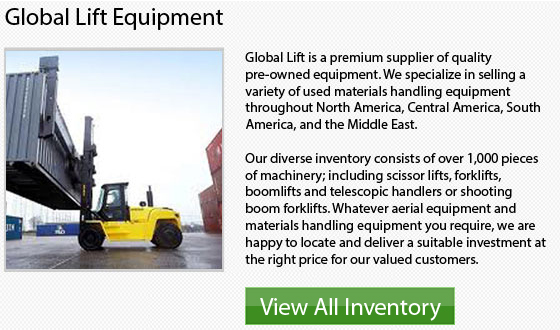
Gradall began making its famous excavator during the 1940's, during a time in which WWII had caused a scarcity of laborers. This decline in the work force brought a huge need for the delicate work of grading and finishing highway projects.
A Cleveland, Ohio construction company referred to as Ferwerda-Werba-Ferwerda faced this particular dilemma first hand. Two brothers, Ray and Koop Ferwerda had moved to the United States from the Netherlands. They were partners in the company that had become one of the leading highway contractors within Ohio. The Ferwerdas' set out to build a machine which will save their livelihoods and their business by inventing a unit which would do what had before been manual slope work. This creation was to offset the gap left in the worksite when a lot of men had joined the army.
The initial device these brothers created had 2 beams set on a rotating platform and was fixed directly onto the top of a truck. They used a telescopic cylinder to be able to move the beams in and out. This allowed the connected blade at the end of the beams to pull or push dirt.
After a short time, the Ferwerda brothers improved on their initial design. They created a triangular boom to produce more power. After that, they added a tilt cylinder which enabled the boom to turn 45 degrees in either direction. This new unit could be outfitted with either a bucket or a blade and the attachment movement was made possible by placing a cylinder at the rear of the boom. This design powered a long push rod and allowed a lot of work to be done.
Numerous digging buckets became available on the market not long later. These buckets in sizes ranging from 15 inch, 24 inch, 36 inch and 60 inch buckets. There was additionally a 47 inch heavy-duty pavement removal bucket which was offered too.